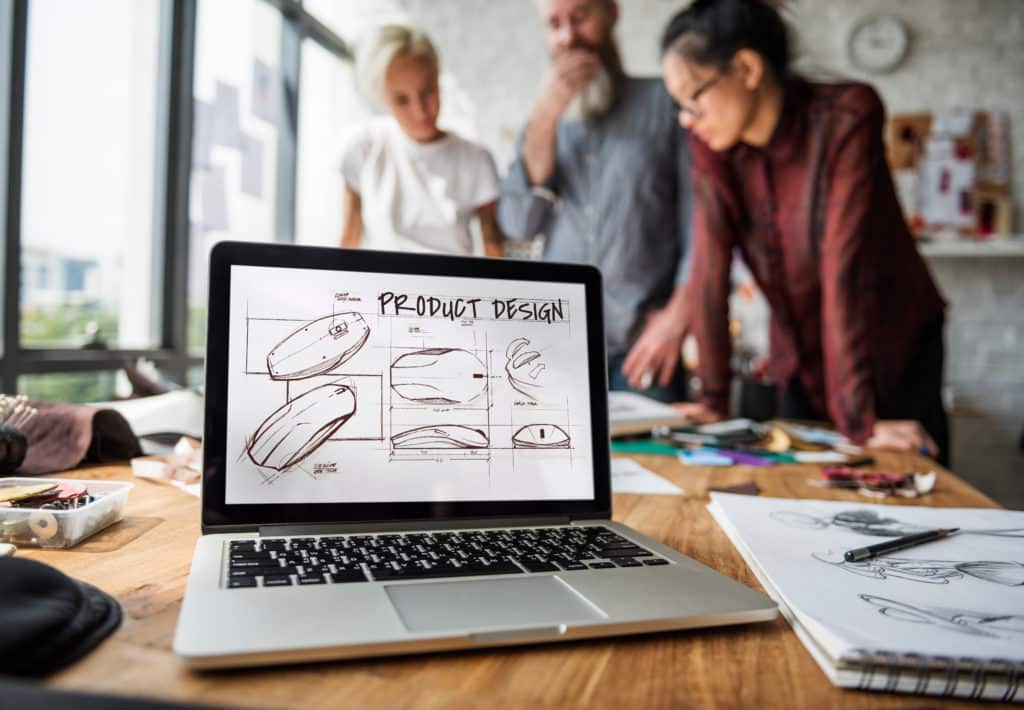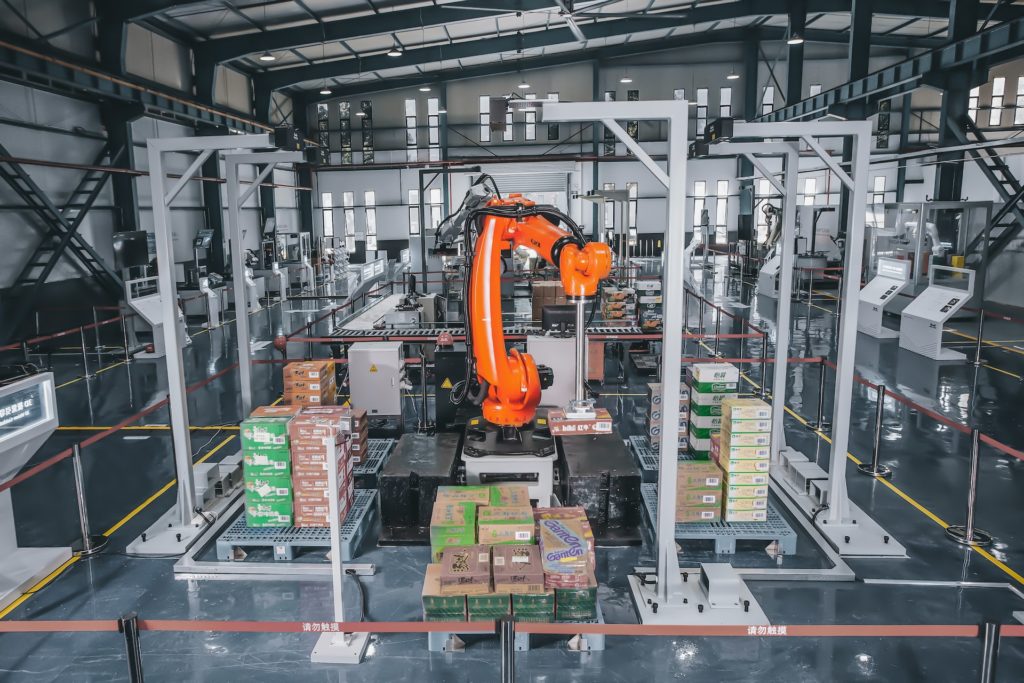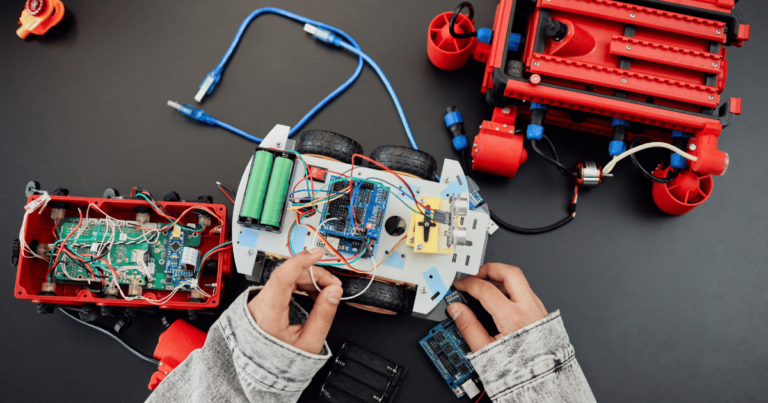In today’s fast-paced and highly competitive market, companies are continuously seeking innovative ways to stay ahead of the curve. Product design and development are at the forefront of this effort. And what better way to move forward than by executing advanced prototyping techniques for a complex product life cycle? Prototyping has become a crucial part of the product development process. Utilizing ahead-of-the-curve techniques can streamline and accelerate the process. This, in turn, enables companies to produce high-quality products that meet the needs and expectations of their customers. So, whether you’re a startup or a well-established company, join us as we explore some of the latest trends and best practices in advanced prototyping techniques.

Prototyping’s Role in Product Life Cycles
Prototyping plays a critical role in design, particularly during the development phase. It is an iterative process that allows you to test and validate design concepts, features, and functionalities. Prototyping allows companies to visualize their ideas in a tangible form. In doing so, they can evaluate, refine, and improve the product’s design. One key benefit of this portion of the product life cycle is that finding potential issues or defects before the final product is produced can save time and resources in the long run. Prototyping is also beneficial in the later stages of a product’s life cycle, such as during the maintenance and enhancement phases. This is because it allows for quick and effective testing and implementation of new features or modifications to the product.
Finding the Best Technique for Your Product
Only you can find the best prototyping technique for your product. After all, each product on the market has different needs. As you navigate your unique product design process, you should consider the following.
Project Goals
Identifying the goals of your product development project is crucial in determining the most appropriate prototyping technique. For example, your goal may be to quickly test multiple design concepts. In this case, low-fidelity prototyping techniques, such as paper prototyping, might be your best option – at least in early stages. On the other hand, if your goal is to create a highly realistic simulation of your product’s functionality, more advanced prototyping techniques may be required.
Resources
Time, budget, and expertise, are important resources to consider when choosing a product prototyping technique. Do you have a limited budget and a short timeline? Then, perhaps you should research rapid prototyping techniques, such as 3D printing. If you can flex a bit more on your budget, then there are far more options to choose from.
Stage of Development
Where are you in your product life cycle? The stage of development you’re in can also impact the selection of prototyping techniques. Early stages of development may benefit from low-fidelity prototyping techniques, such as sketching or paper prototyping. Then, later stages may require more advanced methodologies.
User Needs
Understanding the needs and expectations of your target users is critical in creating a successful product. If this is a main concern for your product, that knowledge can help you choose the proper technique. Creating prototypes that are specifically designed for user testing, such as usability testing or focus groups, can help identify user needs and preferences and optimize your product accordingly.
Technical Requirements
Some products may require more advanced prototyping techniques to test technical functionality. Perhaps your product has complex technical requirements, such as high-performance computing or sophisticated algorithms. In cases like this, advanced digital prototyping techniques will likely be required if you want a usable product.
Stakeholder Input
At the end of the day, the people who know your product will always come up with the best ideas for your path forward. Stakeholders, such as investors, product managers, or even a hired prototype engineer, may have valuable input that can help improve your product. Prototyping techniques that allow for stakeholder input, such as collaborative prototyping tools or paper prototyping, can be useful in soliciting feedback and optimizing your product accordingly.

Different Prototyping Techniques
The best prototyping techniques depend on the specific needs and goals within your unique product life cycle. However, here are some commonly used prototyping techniques that can be highly effective in creating successful products. Let’s explore a few together.
Paper Prototyping
This method of design prototyping is a low-fidelity technique where designers sketch out their ideas on paper. Your prototype tools can be as simple as using sticky notes, index cards, or whiteboards! It can also be expanded into more complicated and detailed drafts. This technique is particularly useful in the early stages of the product life cycle when designers are still exploring different ideas and trying to determine the best direction for their product. Paper prototyping is the most inexpensive technique. It is still, however, incredibly beneficial. This method allows designers to easily iterate through multiple design concepts, receive feedback from stakeholders, and make quick changes before moving on to more advanced prototyping stages.
Digital Prototyping
A more high-fidelity option is digital prototyping. This method involves using computer-aided design (CAD) software to create 3D models of a product. These prototype tools allow designers to visualize and simulate the product’s functionality and performance in a digital environment. This can be utilized as a precursor to physical prototyping, or as a more singular methodology. Digital prototyping can save time and resources by allowing designers to identify potential issues or areas for improvement early in the product life cycle. It also allows for advanced visualization, making it easier for designers to communicate their ideas to stakeholders.
Rapid Prototyping
Rapid prototyping is a technique of design prototyping that involves creating physical models of a product. This can be done by using 3D printing, laser cutting, or other rapid prototyping technologies. As a methodology, rapid prototyping enables designers to quickly test the physical characteristics and functionality of their product and make adjustments as needed. This technique is particularly useful for products with complex shapes or intricate details that are difficult to create using traditional manufacturing methods.
User Testing Prototyping
This technique of design prototyping involves creating prototypes specifically for user testing. Your prototype tools may be pulled from other techniques in this method. But, testing allows designers to receive feedback from real users and identify areas for improvement before moving on to production. User testing can be conducted at various stages of the design process and can be used to test different aspects of the product, such as usability, functionality, and aesthetics. By incorporating user feedback early in the product life cycle, designers can create products that better meet the needs and expectations of their potential customers.

Manage the Process With Gembah
Gembah is an end-to-end platform that offers various features to streamline product development – including prototyping. With access to experts and a platform that increases transparency and communication, you can quickly create high-quality prototypes for your business needs. By using Gembah’s platform, designers can accelerate the prototyping process, iterate through multiple design concepts more efficiently, and create high-quality prototypes that meet the expectations of their users.



